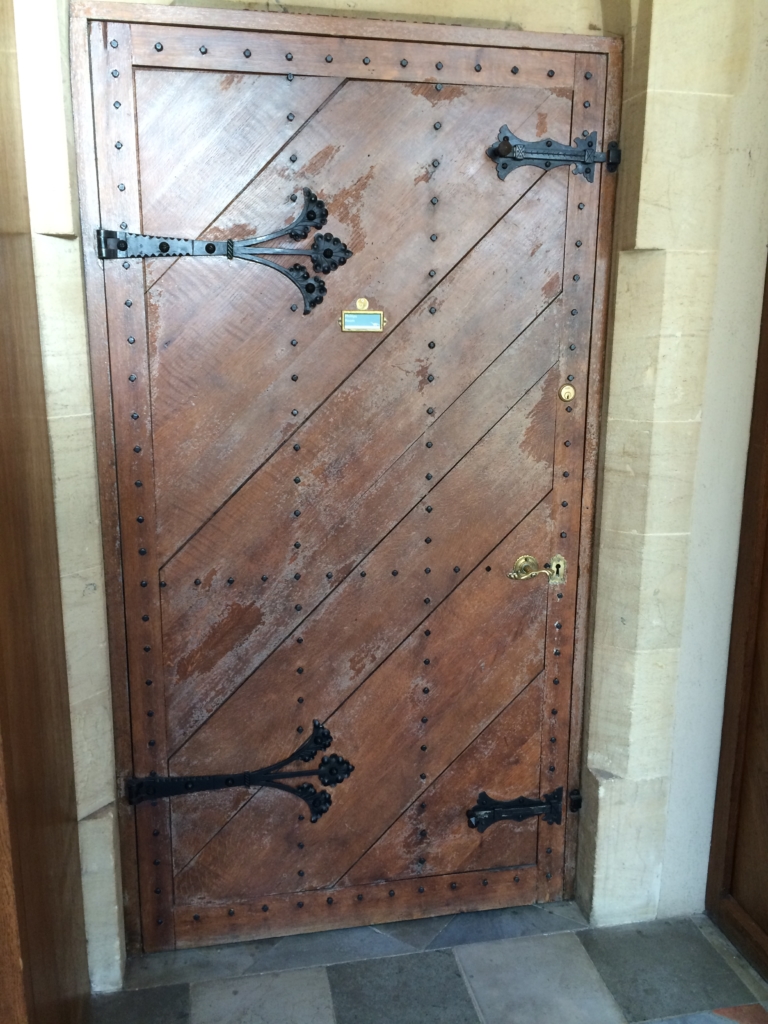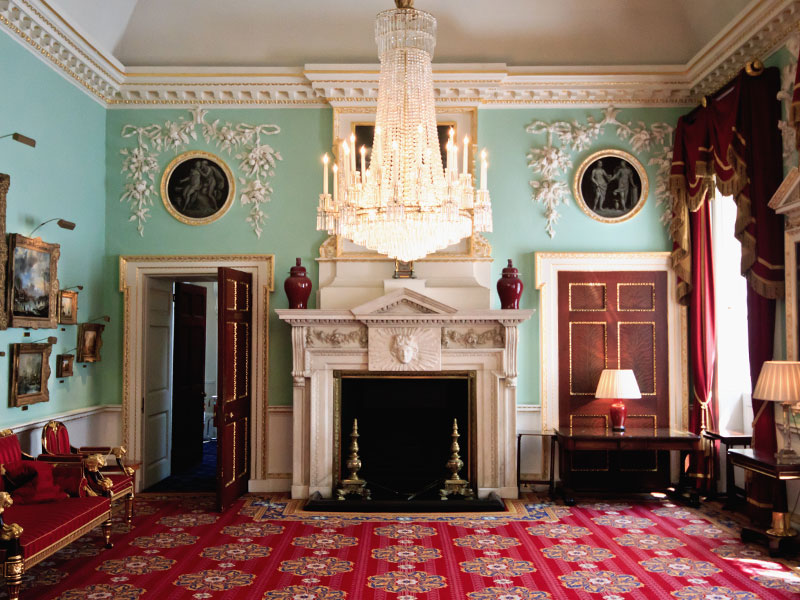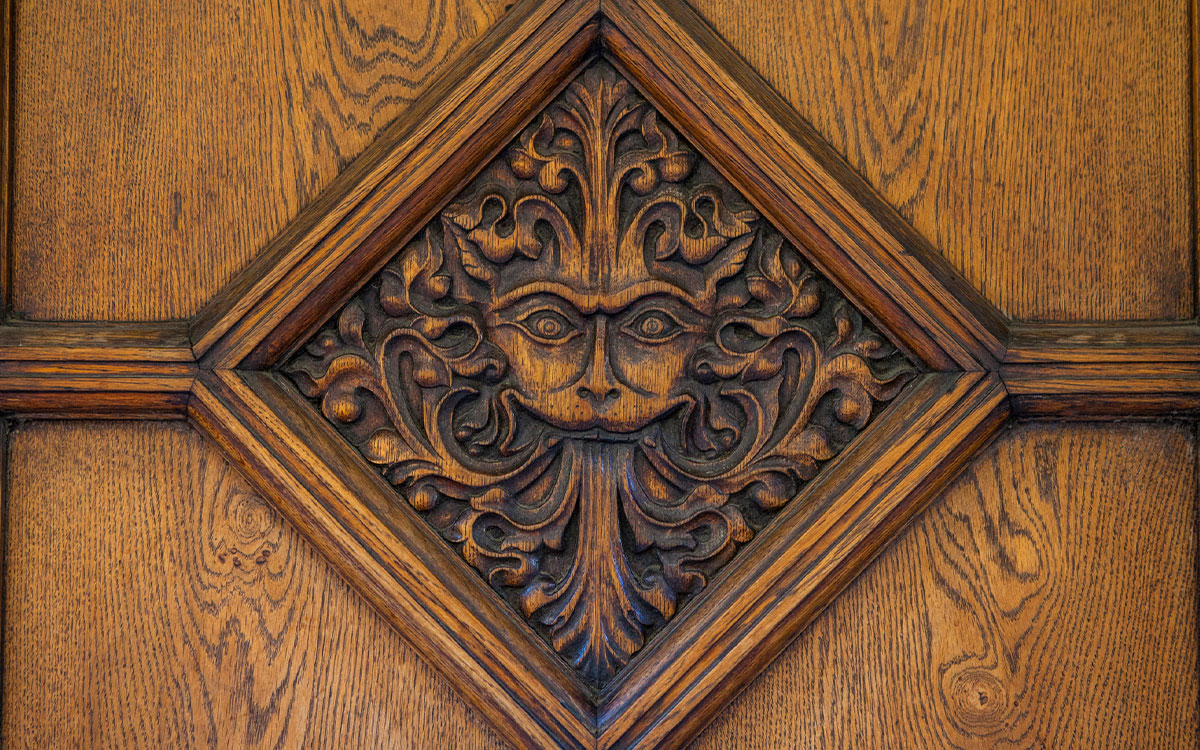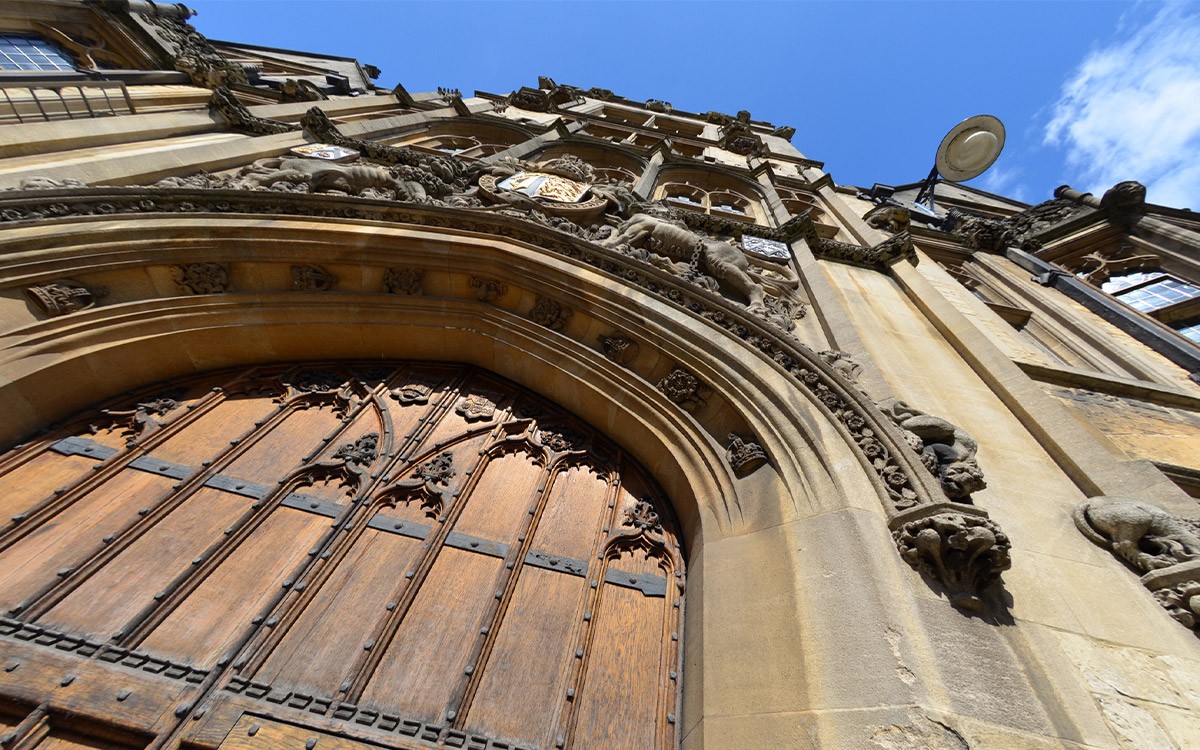According to figures from Historic England, in the UK alone, 355 old buildings caught fire in the UK in 2018.
For Fire Door Safety Week 2021 we spoke to Steve Emery, Fire Officer at Oxford University, to find out about fire safety in historic buildings and the complexities of heritage fire doors.
Steve started his career as a Firefighter at Avon Fire & Rescue for 30 years. He then changed his job role and worked as a National Fire Advisor for English Heritage where he gained an abundance of specialist knowledge around the intricacies of fire safety in heritage and historic buildings.
Hi Steve, thanks for joining us. Can you give us some information about your role?
I look after the commercial and functional estates at the University of Oxford, we’ve got about 360 buildings. I joined Oxford University because 40% of those buildings are listed buildings. Previously I was with English Heritage and Historic England.
I do audits and inspections and have a team of Divisional and Departmental Safety Officers, who undertake the fire risk assessments, with a Fire Officer for every building, so I give expert advice to them all.
What are you currently working on?
I’m doing some research into the compressive strength of limestone when it’s subjected to heat, following the fire at Notre Dame cathedral.
What happened during that fire is the vaulting in the ceiling, which are stone vaults, collapsed, and my immediate thought was, “Would that collapse have been caused because the heat weakened the stone or was it because there was fire-fighting water in the conoids because there are sexpartite limestone vaults there.” Conoids are pockets where the arches of the vaults meet against the walls and if you fill them with water then the vault will collapse.
On behalf of the IFE Special Interest Group for Heritage Buildings, Oxford University is now testing different types of limestone to different temperatures for both wet and dry durations and then using a compressive strength meter to work out at which temperature they collapse.
I’m writing a paper on that which also examines the different types of stone we’ve got in English cathedrals and their structural strength, whether they’ve got flying or pier buttresses and what’s the probability of collapse.
Also, we’ve been looking at fire-fighting techniques such as Coldcut Cobra and Fog Spike which produce water mist rather than a jet, which means the conoid won’t fill with water and there’s less likely to be a collapse.

Heritage fire door in Oxford University Natural History museum. Photo source: Steve Emery.
Have you had any recent outbreaks of fire at the Uni?
I suppose we have been lucky because we’ve only had one serious fire since I’ve been there in the last 6 years. We’ve had many little ones, as you can expect with so much engineering and chemical research going on. We have researchers here doing things that have never been done before, but these can all be dealt with by an extinguisher, fume hood suppression or using a glove box filled with inert gas.
The only serious fire, which happened in a Victorian building, was caused by someone putting a toaster on a bookshelf. She put pitta bread in which overheats really quickly, and then she went downstairs to wash lettuce. You can imagine what happened next.
And were there any fire doors in the proximity?
There was a door there but unfortunately it was left open. It wasn’t a fire door – it was an ordinary door – but it would have kept the fire back had it been closed. It was an old one that had been made plain with hardboard on each side like they used to do in the 1950s.
There was a bit of fire stopping missing where a very small bit of trunking went through into the ceiling so that the fire went into the roof. The Fire Brigade came in and put the fire out but when they used their positive pressure fan to get rid of the smoke, it pushed air up into the roof and then we had a serious roof fire.
So this leads to our next question: why are fire doors important?
They’re really important for a number of reasons: one of them – particularly in heritage buildings – is to stop the spread of fire from one compartment to another, so that it protects the building and artefacts. It protects the means of escape and also reduces the amount of oxygen that’s in a room, which gives you lower temperatures.
This is part 1 of a 3 part series with Steve Emery. To find out more about heritage fire doors look out for the following blogs via the links in the sidebar or through our news section over the coming weeks.
Follow Steve on LinkedIn








0 Comments